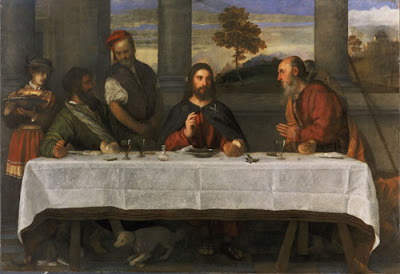 It has been a long ride - having purchased seeds from a private seller, received them in the post, and sewn them in February, untilnow. The beans, when they are finally ready for picking, are delicious. The leaves ofthe plants, are also tasty as toppings and salads. The younger leaves at the top of the plants are the most tender.
It has been a long ride - having purchased seeds from a private seller, received them in the post, and sewn them in February, untilnow. The beans, when they are finally ready for picking, are delicious. The leaves ofthe plants, are also tasty as toppings and salads. The younger leaves at the top of the plants are the most tender.
A few plants were ruined when the leaves became brown which soon spread to the rest of the plant. Apparently this is called 'Chocolate Rot', a common disease in broad beans for which there are no chemical solutions. Raised bedding for good drainage and spreading out the plants for good air circulation may help.
Getting the beans out of the pods involved breaking of the tip of the bean to let loose a green string that 'unzips' the side of the pod as you pull it away! What a neat arrangement! This led me to wonder how the broad bean plant came about - what did its ancestor look like? A quick search suggests the ancestor plant (ie. wild relative) of the particular species (Vicia Faba) is yet to be identified:
It seems that more sample collection is needed, attention botanists!
Other questions came to mind - when did people first start planting broad beans? A site claims that broadbeans are 'most likely native to
Mediterranean Africa. It is one of the most ancient of beans, with a history
dating back to the Bronze Age and the ruins of Troy. By the Iron Age broad
beans had spread to Europe.'
Other website state that 'Along with lentils, peas, and chickpeas, they
are believed to have become part of the eastern Mediterranean diet around 6000
BC or
earlier.' and that 'archaeological
findings at Iron Age and Bronze Age settlements in various parts of Europe show
that they have been an important staple food for millennia.'
A survey carried out by Jones (2005)* on nowaday garden cultivation on the Greek island of Evvia has found that broad beans is often grown as a common staple food in private gardens. This seems to suggest that the long history of broad bean cultivation in the Mediterranean is continuing, at least as a localised custom on the island itself.
If broad beans has been a key part of people's diets, has this inspired artists to make great art featuring broad beans?
Supper at Emmaus, by the Venetian artist Titian (dated 1530-5)
Looking closely, the branch on the table on the left hand side of the central figure Jesus resembles that of broad bean plant, but perhaps not. The Liverpool Museum states that the painting features broadbean pods, which I cannot see in this electronic version:
' Here the simple wine glasses, bread-rolls and
chicken (brought in by the servant-boy) are unusually accompanied by broad-bean
pods and delicate little bright-blue borage flowers scattered across the table.
The broad bean was considered peasant food, typically
served to poor pilgrims on their travels. But this curious combination may also
reflect a Venetian custom of eating candied broad beans (fave dolci)at the
Feast of the Dead on All Souls Day, 2November. Broad beans were thought to
possess the soul of the dead and borage, which was used to freshen wine, was
believed to drive away sadness and bring joy. The bread and wine relate to the
Eucharist, the key Christian ceremony.'
There are more paintings that I have found - will add them when I have time!
*Garden cultivation of staple crops and its implications for settlement location and continuity. World Archaeology Vol. 37(2): 164–176





























